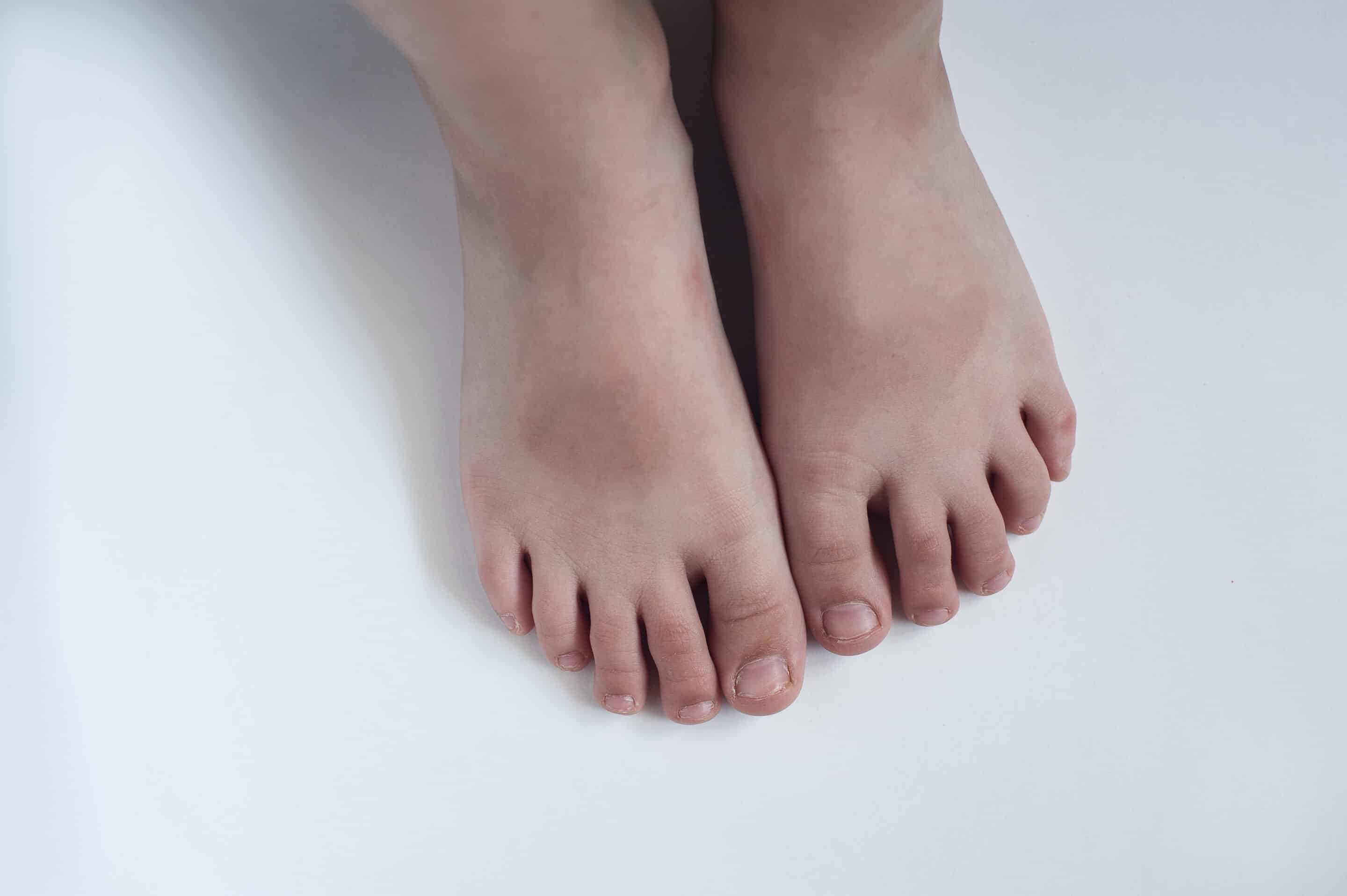How to Fight Fungal Foot Infections
Fungal foot infections—such as athlete’s foot and toenail fungus—are not limited to one time of the year. These conditions can develop whenever the environment around your feet becomes warm and moist. Wearing closed-toed shoes for long hours, using the same pair of socks all day, and keeping your feet in enclosed, non-breathable footwear can all create an ideal environment for fungal growth.
Fungi thrive in dark, damp places like sweaty shoes or communal locker rooms. Once they find a way onto your skin or nails, they can be stubborn to remove, making early care important.
Common Symptoms of Fungal Foot Infections
Recognizing the early signs of a fungal infection helps you address it before it spreads. Symptoms may include:
- Skin changes: Itching, burning, redness, or peeling—especially between the toes
- Nail changes: Thickening, brittleness, or discoloration of the nails (yellow, white, or brown)
- Persistent odor: A noticeable smell caused by moisture mixing with bacteria and fungi
Some infections progress slowly, while others worsen quickly, so prompt attention is key.
How to Prevent Fungal Infections
Hygiene Habits for Healthy Feet
Wash your feet daily with soap and warm water, then dry them thoroughly, especially between the toes. Moisture is the number one factor fungi rely on to grow. Applying talcum or antifungal powder before putting on socks can add an extra layer of protection.
Sock and Shoe Care
- Change socks immediately if they become damp or sweaty.
- Rotate your shoes so each pair has at least 24 hours to air out.
- Use antifungal or disinfectant sprays inside shoes to kill lingering spores.
- Choose moisture-wicking socks and breathable shoes to keep your feet drier.
Protecting Your Feet in Public Spaces
Public areas where people go barefoot—like gyms, pool decks, hotel showers, and locker rooms—are prime locations for fungal exposure. Always wear shower shoes or flip-flops in these environments to create a barrier between your feet and contaminated surfaces.
Treatment Options for Fungal Foot Problems
Over-the-Counter Antifungal Products
Creams, sprays, or powders can help clear up mild infections when used consistently as directed.
Prescription Medications
For persistent or severe infections, our podiatrists may prescribe oral antifungal pills or stronger topical treatments to eliminate the fungus more effectively.
In-Office Podiatry Treatments
Professional care can include trimming or thinning thickened toenails, removing infected nail portions, and using advanced antifungal therapies that target fungus at its source.
When to See Our Podiatrists
You should seek podiatric care if you have:
- Infections that keep coming back
- Nail thickening, pain, or changes in nail shape
- A rash that spreads beyond your feet
- Diabetes or circulation issues, which can make foot infections more dangerous
Take Action for Healthy, Comfortable Feet
Fungal infections won’t simply disappear—they can spread to other nails, skin areas, and even other members of your household. At Foot and Ankle Specialists of Central PA, we provide expert diagnosis and customized treatment plans to restore your foot health. Call us today at (717) 620-8225 or schedule your appointment online.


